Order: Passeriformes. Family: Ploceidae
 © ExFmem
© ExFmemNon-breeding
Description
11-13 cm long, weight 15-20 g. The male has a more colourful plumage and red bill during the breeding season. The breeding plumage can be variable; it has a facial mask with no pink or varying amounts of pink around the mask. The mask is usually black but is white in some males. Its breast and crown plumage can vary from yellow to bright red. This variation is to allow individuals to recognise each other.
In the non-breeding season the sexes are alike, with a dull brown plumage, and a red bill, eye-rings and legs.
The juvenile resembles the female, bat has a pale brown bill.
Distribution
It is the most abundant wild bird on the planet, with an estimated population of 1.5 billion birds, occurring across much of sub-Saharan Africa, excluding the lowland forests of West Africa, arid areas of southern Namibia, south-western Botswana and the southern half of South Africa.
There are three subspecies in which there are small plumage differences in the breeding plumages of males. Approximate distributions are: Q. q. quelea occurs in western Africa from Senegal to Chad; Q. q. aethiopica in north-eastern Africa from Sudan to Somalia, north-eastern Zaire, Uganda, Kenya and Tanzania; and Q. q. lathamii in the southern third of Africa.
Habitat: It is most prolific in semi-arid habitats such as thornveld and cultivated land, but it may also occupy exceptionally wet or dry areas.
Movements and migrations: Nomadic, moving across large and short distances in search of rainfall and the abundance of food which follows
Diet
It mainly eats seeds of cereals and grasses, supplemented with arthropods taken from vegetation and in flight. It is highly gregarious, living in flocks which can be have millions of birds, which can completely devastate cultivate areas.
Breeding
Monogamous and highly colonial, breeding in highly synchronised colonies which can be several kilometres in diameter! It is territorial, but the male and female only defend the immediate vicinity of their nest. The nest is built solely by the male in about 2-3 days, consisting of a small oval grass ball with a side-top entrance covered by a small hood. It is typically attached to a thorny tree along with many other nests made by other males. Egg-laying season is from December-March. It lays 1-5 light blue eggs, which are incubated mainly by the female for about 10-12 days, while the male occasionally takes a short shift in the daytime. The chicks leave the nest after about 10-13 days, becoming fully independent about 10-11 days later. The Red-billed Quelea has one of the shortest breeding cycles of any bird.
This species also builds non-breeding nests through the year.
Call
The call is a high-pitched chittering given by flocks in flight and at roost. Listen to Bird Call.
Status
Nomadic, sometimes very abundant.



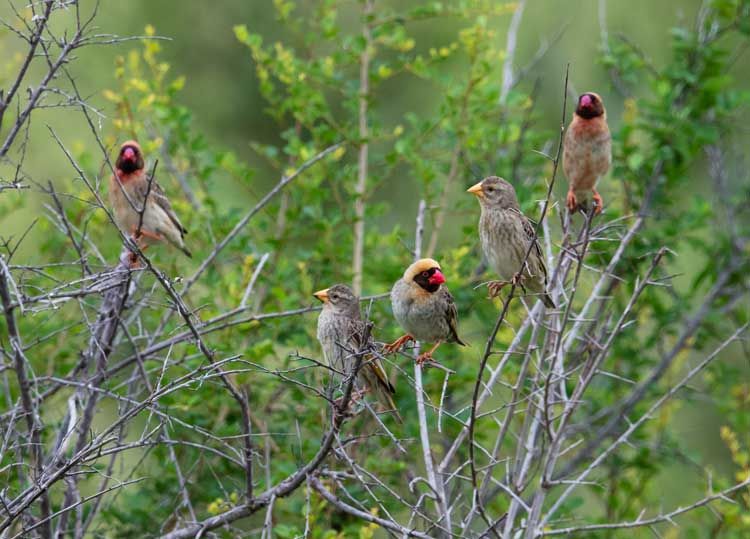 © Pumbaa
© Pumbaa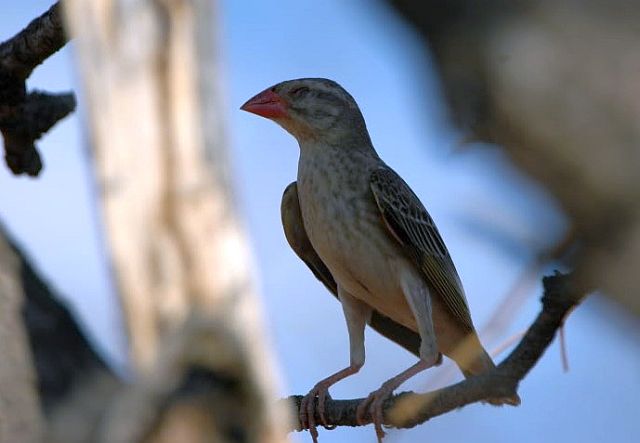 © Penga Ndlovu
© Penga Ndlovu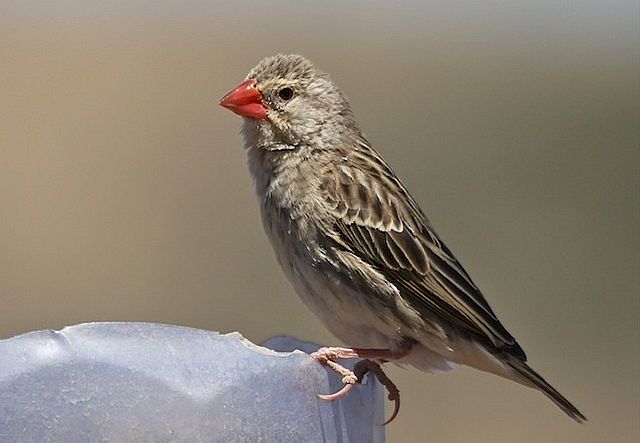 © ExFmem
© ExFmem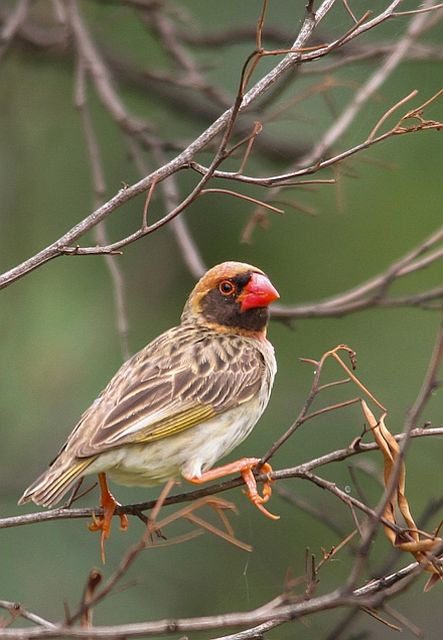 © Super Mongoose
© Super Mongoose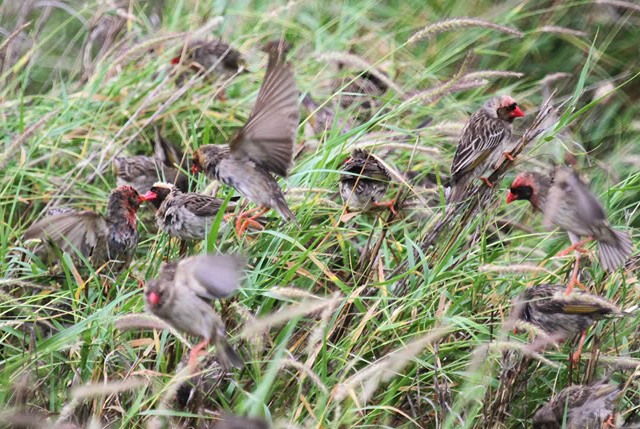 © leachy
© leachy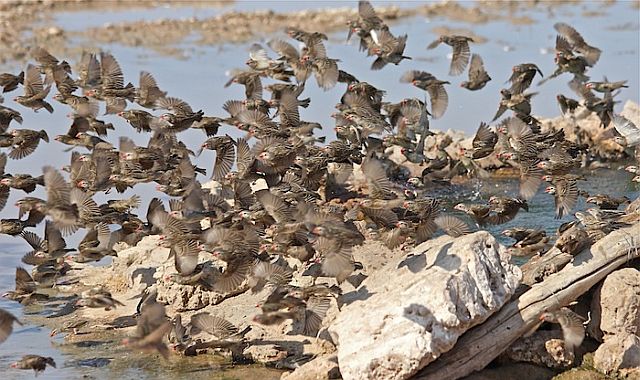 © ExFmem
© ExFmem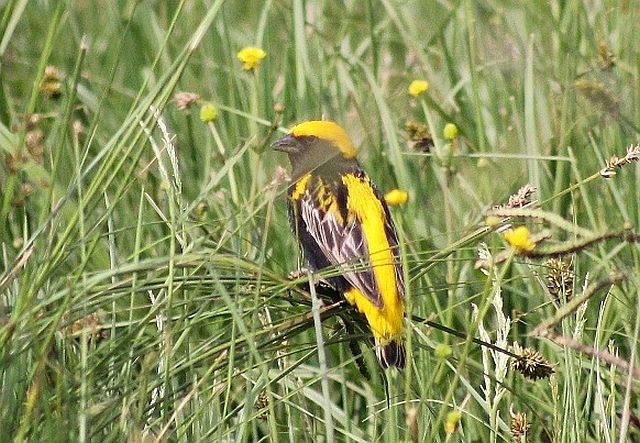 © Amoli
© Amoli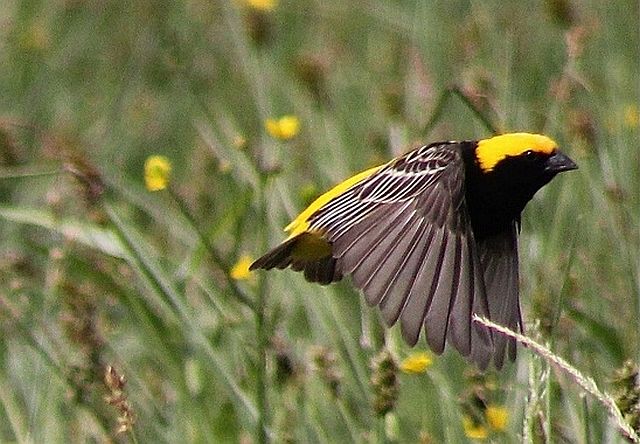 Breeding Male © Amoli
Breeding Male © Amoli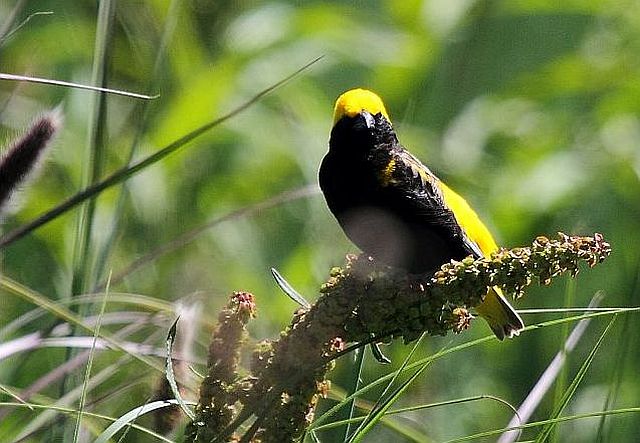 Breeding Male © Duke
Breeding Male © Duke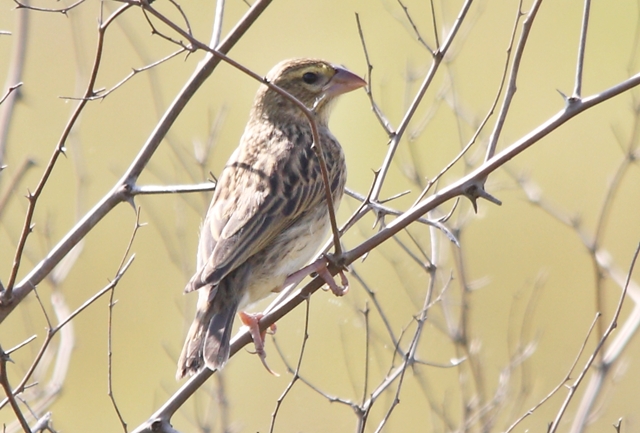 © Flutterby
© Flutterby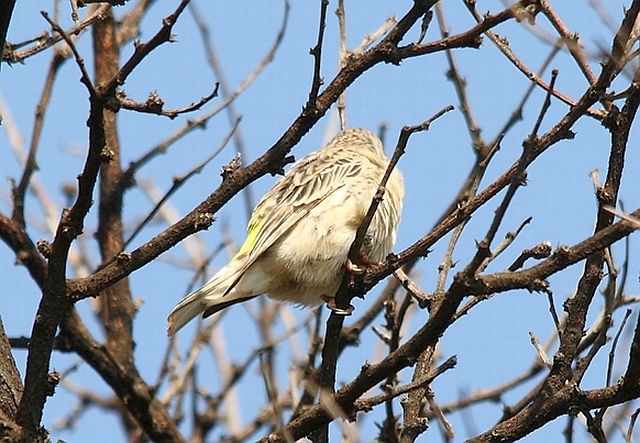 © Flutterby
© Flutterby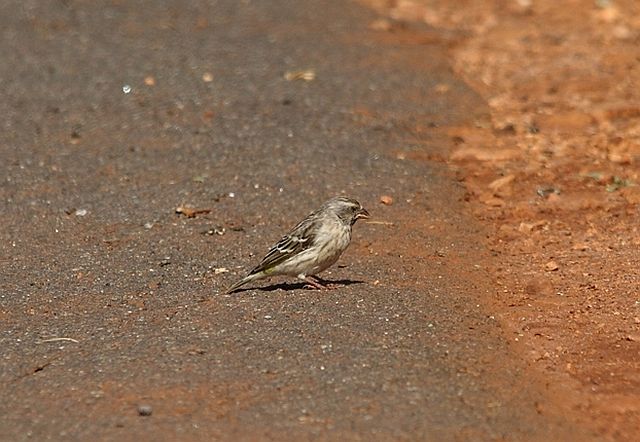 © Flutterby
© Flutterby
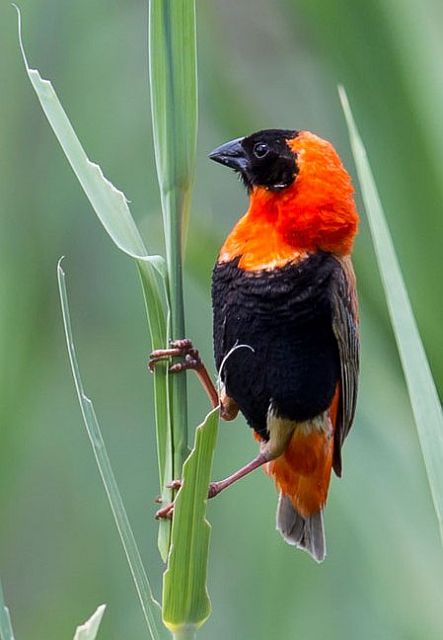 © Pumbaa
© Pumbaa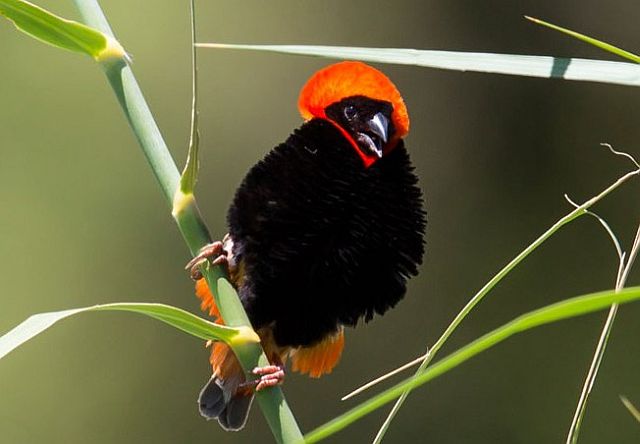 © Pumbaa
© Pumbaa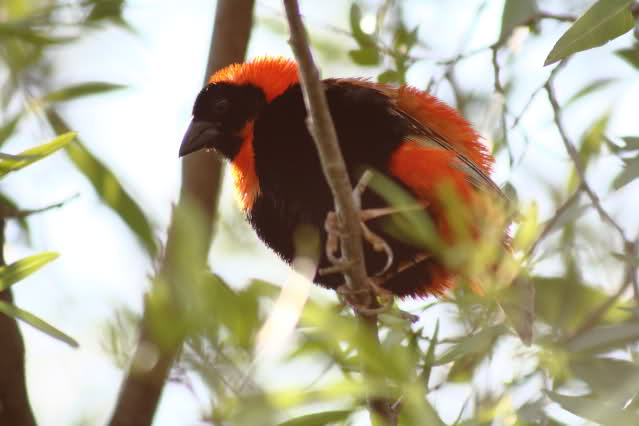 © Flutterby
© Flutterby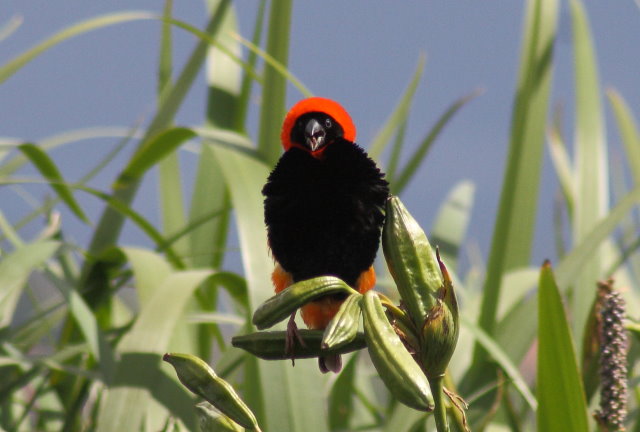 © Flutterby
© Flutterby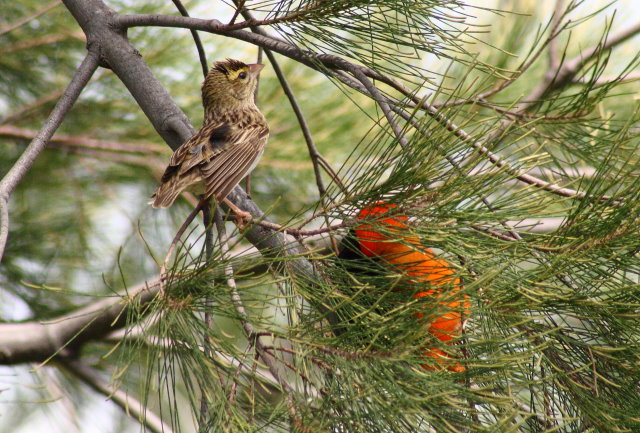 © Flutterby
© Flutterby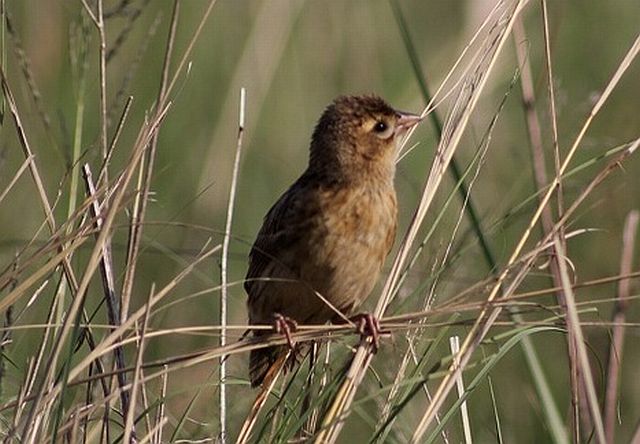 © Amoli
© Amoli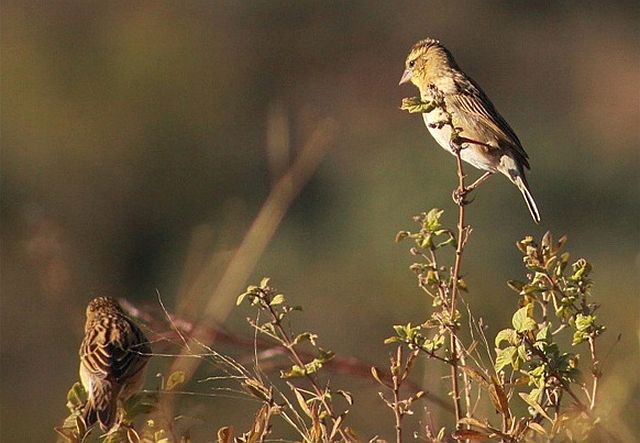 © Amoli
© Amoli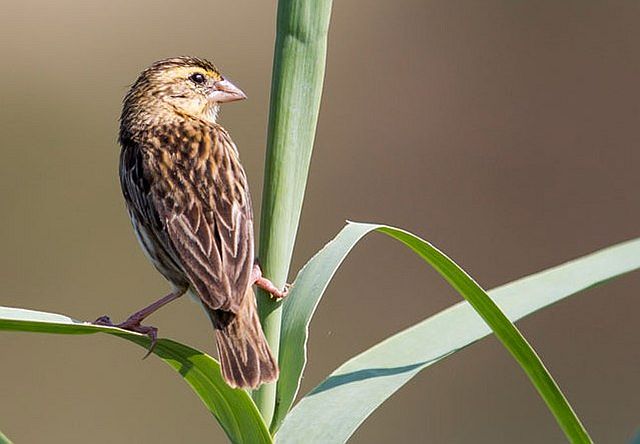 © Pumbaa
© Pumbaa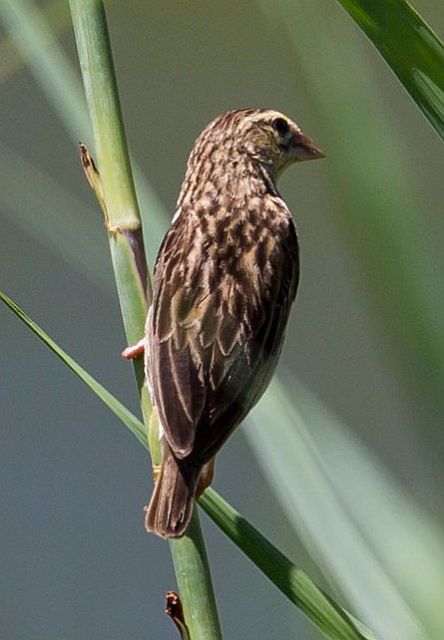 © Pumbaa
© Pumbaa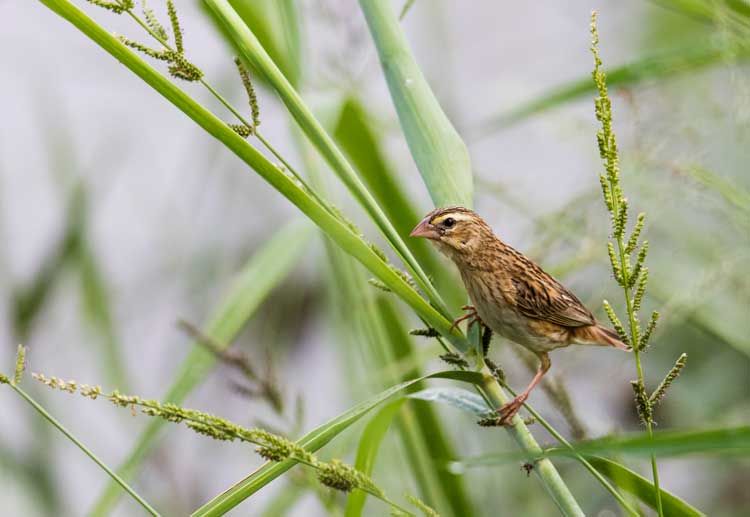 © Pumbaa
© Pumbaa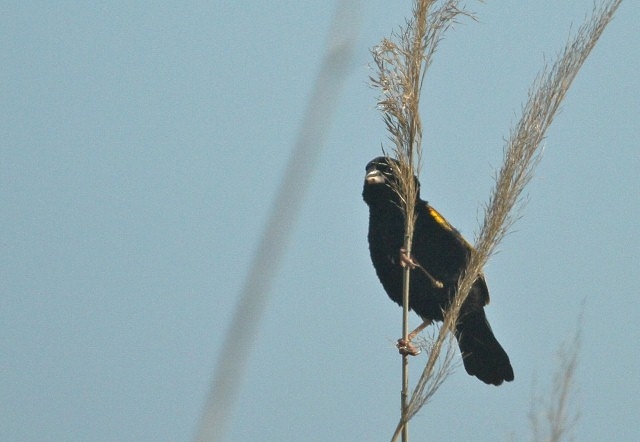

 © Duke
© Duke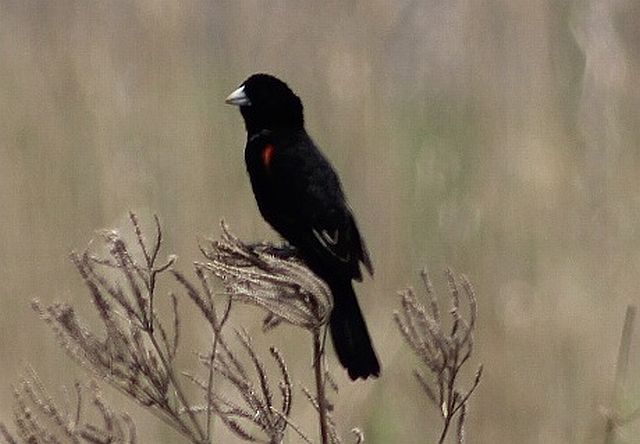
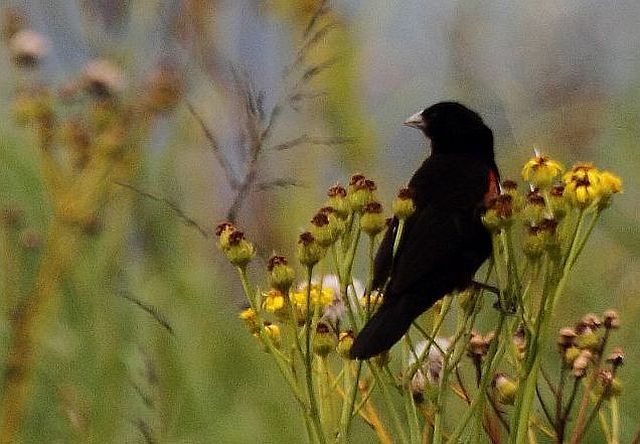 © Duke
© Duke